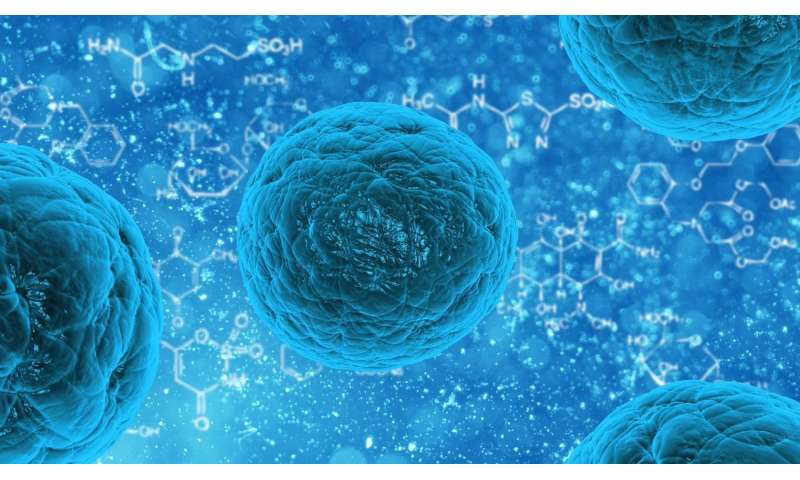
The UPV/EHU’s NanoBioCel research group is developing systems that enable cells to be used as drugs. Cell therapy raises hopes for treating those diseases for which there are as yet no effective pharmacological solutions. Biomaterials, a journal in the field of materials sciences and medicine, has just published the paper “Multifunctional biomimetic hydrogel systems to boost the immunomodulatory potential of mesenchymal stromal cells,” which reports on the results of one of the lines of research of this group at the UPV/EHU’s Faculty of Pharmacy.
The results obtained so far are very encouraging, and the researchers hope to make headway in a multifunctional cell therapy system to treat inflammatory bowel disease. They have already commenced studies on ulcerative colitis in animal models.
“Perhaps the best known side is the use of stem cells in regenerative therapies,” said Rosa Hernández, professor of the Faculty of Pharmacy and researcher at CIBER-BBN, “We have all heard, for example, about the use of chondrocytes in cartilage regeneration or cardiomyocytes to repair a heart following myocardial infarction. However, our research group is working on evaluating the therapeutic action of stem cells by means of their paracrine effects, in other words, mediated by a set of growth factors and cytokines released by the cells.”
In a whole host of disorders with an inflammatory component, such as ulcerative colitis or Crohn’s disease, a possible beneficial effect following delivery of stem cells has been seen. On the basis of this, this group of researchers, led by Dr. Rosa Hernández and Dr. Manoli Igartua, embarked on a project three years ago to develop systems designed to address the problems arising in clinical trials conducted with these stem cells. Even though the potential of stem cells to treat these inflammatory disorders became clear in these trials, problems, such as the rapid elimination of cells from the body, the possible development of tumors or their reduced capability in releasing therapeutic substances were also detected, so new technological solutions had to be sought.
Source: Read Full Article
